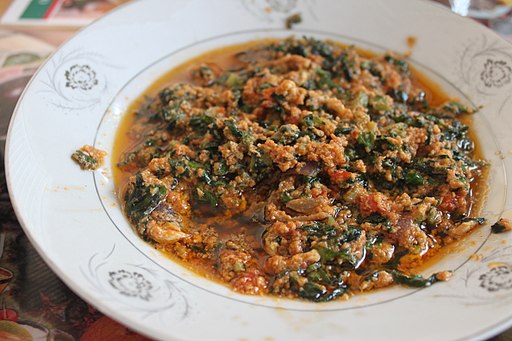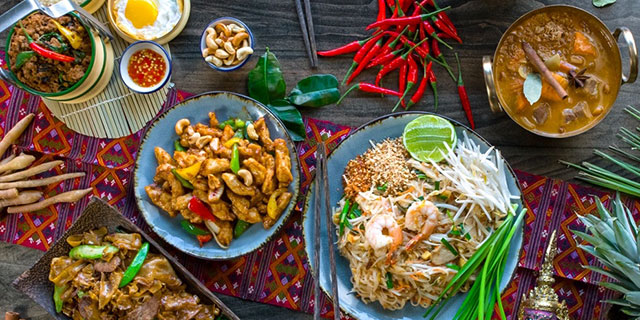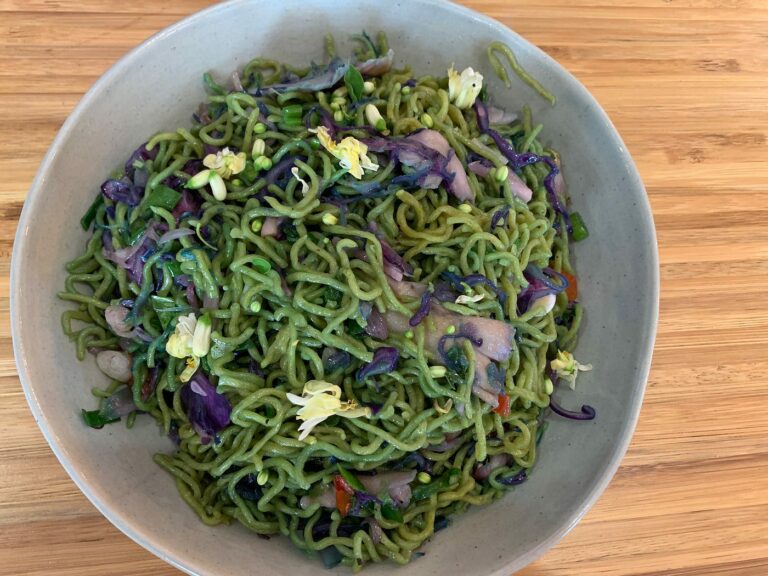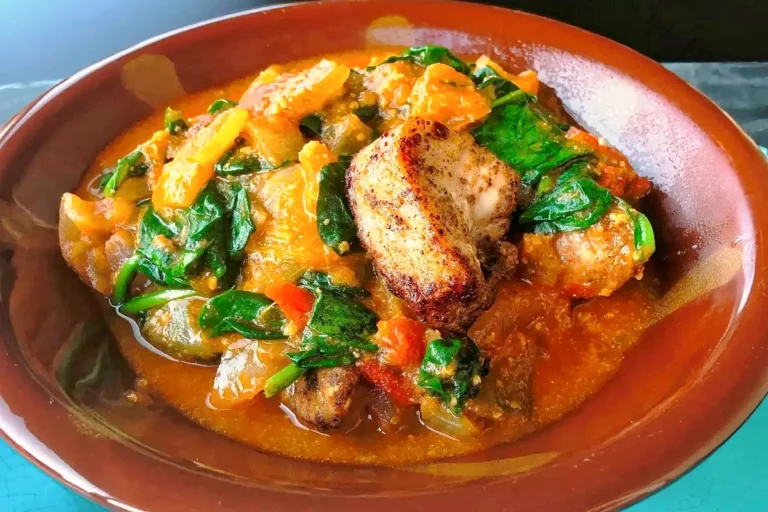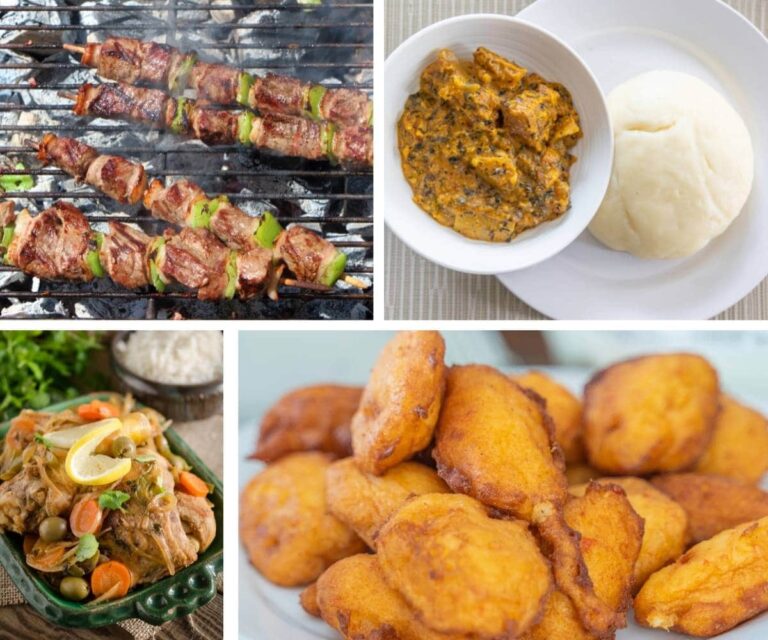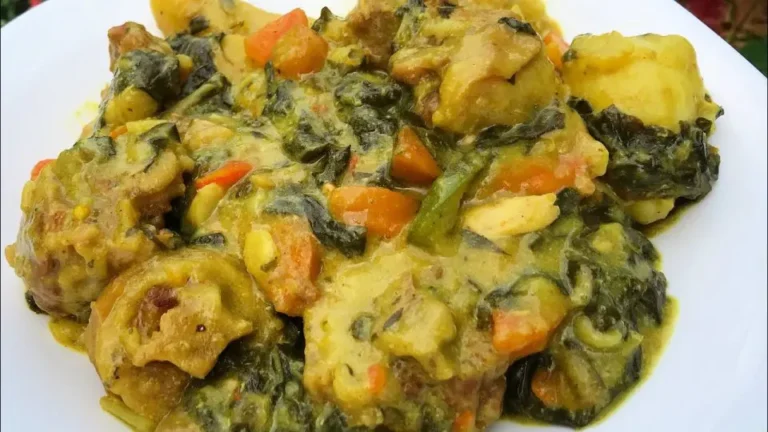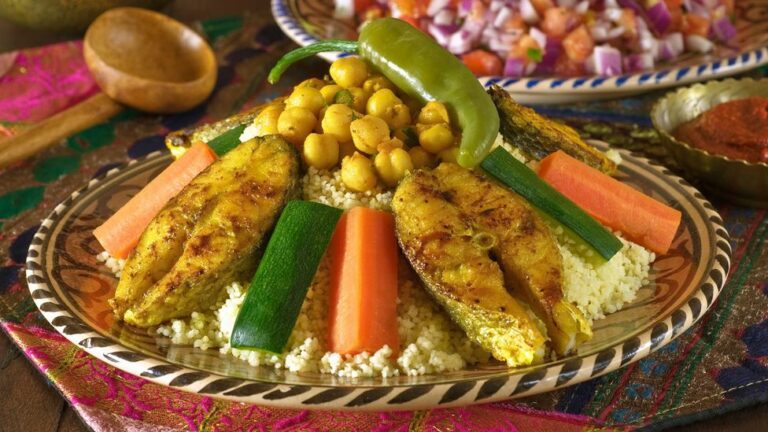Introduction: Serbian cuisine and its uniqueness
Serbian cuisine is a blend of various cultural influences, including Ottoman, Austrian, and Hungarian. It is a reflection of the country’s rich history and multicultural heritage. Serbian cuisine has a unique character and flavor profile that sets it apart from its neighboring countries. The cuisine is known for its hearty meat dishes, smoked and cured meats, savory stews, and rich desserts.
Influence of neighboring countries on Serbian cuisine
Serbian cuisine has been shaped by its neighboring countries, including Croatia, Bosnia and Herzegovina, Bulgaria, and Romania. The Ottoman Empire also played a significant role in shaping Serbian cuisine. Turkish dishes, such as burek (a savory pastry filled with meat or cheese) and cevapi (grilled minced meat), are popular in Serbia. Hungarian influence can be seen in dishes such as goulash and paprikash, while Austrian influence can be seen in the use of schnitzel and strudel.
The role of Balkan cuisine in Serbian gastronomy
Balkan cuisine is a collective term that encompasses the culinary traditions of the Balkan region. Serbian cuisine is a part of this wider culinary tradition. Balkan cuisine is known for its hearty and filling dishes, which are often centered around meat. Some of the most popular Balkan dishes include sarma (stuffed cabbage rolls), moussaka (a layered dish made with eggplant, potatoes, and meat), and ajvar (a roasted red pepper spread).
Key differences between Serbian and Croatian cuisine
Serbian and Croatian cuisines share many similarities as they both come from the same region. However, there are some key differences between the two. Serbian cuisine tends to be heartier and more meat-centric, while Croatian cuisine has a greater emphasis on seafood and lighter dishes. Serbian cuisine also features more spicy and bold flavors, while Croatian cuisine tends to be more subtle and mild.
Differences between Serbian and Bulgarian cuisine
Serbian and Bulgarian cuisines share some similarities, such as their love for hearty meat dishes and savory stews. However, there are also some notable differences between the two. Bulgarian cuisine tends to be more influenced by Mediterranean flavors, while Serbian cuisine has more of a Central European influence. Bulgarian cuisine also makes greater use of yogurt and cheese, while Serbian cuisine has a greater emphasis on smoked and cured meats.
Conclusion: The distinct flavors of Serbian cuisine
Serbian cuisine is a unique blend of various cultural influences, including Ottoman, Austrian, and Hungarian. The cuisine has a hearty and filling character and is known for its savory stews, meat-centric dishes, and rich desserts. While Serbian cuisine shares some similarities with its neighboring countries, it has a distinct flavor profile that sets it apart. Serbian cuisine is a testament to the country’s rich history and multicultural heritage.


